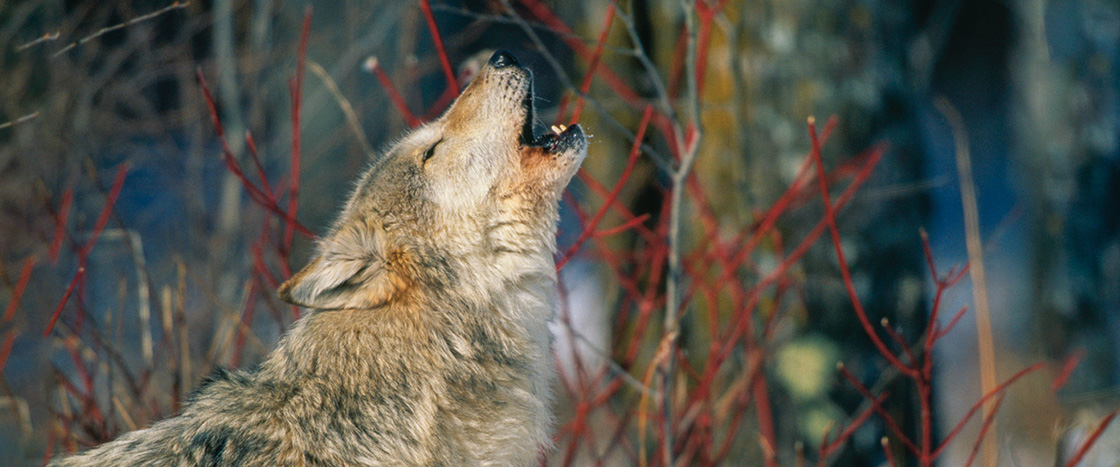A small airplane landed on a remote forested island in Lake Superior known as Isle Royale (I-uhl roy-AHL) in September 2019. The plane carried a very special delivery: one male gray wolf.
A few days earlier, scientists had captured the wolf in the Michigan woods. A veterinarian gave him a checkup, and biologists fitted him with a GPS tracking collar. Then he was flown to this 535-square- kilometer (207-square-mile) island, his new home.
The wolf had a big role to play on the island, which makes up much of Isle Royale National Park. Gray wolves have long been the island’s main predator, hunting animals like moose and beavers. But in recent years, wolf numbers have dropped. That has caused the moose population on Isle Royale to increase by hundreds.
The moose have gobbled up many of the island’s plants, affecting its ecosystem. “There are too many moose,” says Mark Romanski, a biologist with the National Park Service (NPS). “The animals target certain plants at certain times of the year, and it’s changing the forest.”
For the past three years, NPS researchers have teamed up with other scientists to bring new wolves to Isle Royale. They hope these wolves will help reduce the moose population. That will allow the island’s other living things to thrive.
A small airplane took off in September 2019. It landed on a remote island in Lake Superior. It was called Isle Royale (I-uhl roy-AHL). The plane carried a special delivery. It was a male gray wolf.
Scientists had caught the wolf a few days early. He was found in the Michigan woods. A veterinarian gave the wolf a checkup. Biologists fitted him with a collar. It had a GPS tracker. Then the wolf was flown to the island. It covers 535 square kilometers (207 square miles). It was his new home.
The wolf had a big role to play on the island. It’s part of Isle Royale National Park. Gray wolves have long been the island’s main predator. They hunt animals like moose and beavers. But wolf numbers have dropped in recent years. That caused the moose population to rise. The moose have eaten many of the island’s plants. That has affected its ecosystem.
“There are too many moose,” says Mark Romanski. He’s a biologist. He works for the National Park Service (NPS). “The animals target certain plants at certain times of the year. And it’s changing the forest.”
The NPS has worked with other scientists for the past three years. They’re bringing new wolves to Isle Royale. They hope these wolves will lower moose numbers. That will allow other living things on the island to thrive.

